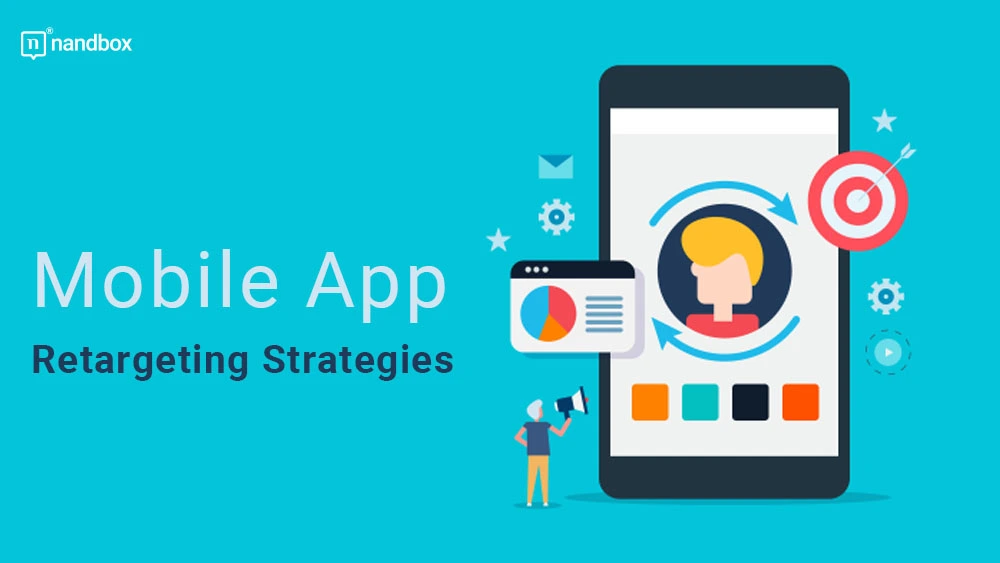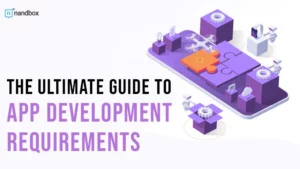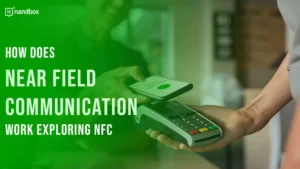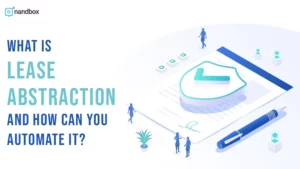Mobile app marketing strategies have become very important and a top priority for digital marketers as the app world has grown. Global mobile app revenue reached over $365 billion in 2018. Via paid downloads and in-app advertising, mobile apps will earn more than $935 billion in profits by 2023. Companies must incorporate mobile-specific advertising techniques into their yearly marketing plans if they want to capitalize on the potential of this market. In order to help you obtain precise results more quickly, we’ve shared some of our finest mobile app retargeting strategies in this article.
What Is Mobile App Retargeting?
Retargeting for mobile apps describes ad campaigns that aim to reach users who have already used your app. You can deliver targeted ads to users based on their individual mobile user behavior to persuade them to re-engage, re-install, or complete a down-funnel conversion.
We can say for sure that customers don’t always leave because your offer isn’t good enough or because they aren’t interested in it. People browse the website or apps for a variety of reasons before leaving. You never know if they might close it by mistake, become sidetracked, etc. As some of the customers might have left by mistake, you should take a chance and bring them back.
Considering all of this, it is clear that retargeting is a “must-have” feature for businesses that seek to draw clients online. And this is especially true for firms whose primary advertising outlets have already all but dried up.
Advantages of Mobile App Retargeting
Using mobile app retargeting helps you to: Go beyond re-engaging the customers you’ve previously paid money to acquire;
- Retargeting helps boot your app’s engagement rate
- Increases your app’s user retention
- App retargeting increases in-app conversations
- Helps with the increase of sign-ups or in-app purchases
The following are the top strategies or “best practices” you can do to have a full and successful mobile app retargeting campaign.
Utilize Geo-Targeted Ads
Geo-targeted ads are retargeting campaigns that use a user’s location to reach people who have been to a certain place. Geo-targeting uses GPS information to send messages to customers who are within a certain distance of certain locations. This tactic can be useful if you want to attract people who may be interested in visiting certain venues or surrounding areas. Geography and time zone are important things to consider if you want to show retargeting ads at the right time.
Analyze and Segment User Retention Data
Segmenting your retargeting efforts based on user data is a great way to get the most out of each campaign. Your mobile app analytics are full of useful information that can help you figure out which users are more likely to become loyal customers and take part in your campaigns. By analyzing user retention data, you can better understand who is using your product and where they are coming from. This will help you make better retargeting messages so you can reach more people and get more sales.
Users may also be divided into groups based on time frames, such as how frequently you want them to see the advertisement or how recently they last visited. Depending on the product, it may take longer to target consumers who are interested in luxury products than those who buy for trips. In addition, it is crucial to re-engage new users once they download an app because they are more likely to do so after this kind of app retargeting.
Leverage Burn Codes to Avoid User Disturbance With Repeated Ads
Let’s not overlook the frequency of impressions. You might want to keep bringing up your product to your users. Although the concept is alluring, an excessive amount of advertising may drive away potential clients. More than 60% of internet consumers report that the same retailers’ advertisements appear too frequently. On the other hand, if you stay quiet for too long, people may stop remembering your business. Hence, it’s important to make sure your ads aren’t distributed too frequently or too infrequently.
Receiving advertisements for products customers have previously bought can be even more irritating. A burn code could be the perfect solution for such a situation. It is a tool that removes clients from retargeting lists when they make a purchase or moves them to another list with a fresh mobile remarketing campaign.
Employ Cross-Platform & Cross-Device Retargeting Strategies
Another effective strategy is to employ cross-platform and cross-device retargeting. This technique will enable you to reach potential customers across numerous devices and platforms with tailored messages. For example, you can create retargeting campaigns specifically designed for customers who have visited your website from a desktop but may now be accessing it from their mobile phones. Cross-promotion between two different apps should also be considered as part of any mobile app retargeting campaign.
Measure Results for Maximum Assurance
Numbers are crucial when discussing the campaign’s success because they allow you to compare the most successful creatives. To obtain such figures, one should continuously track income, installs, and retention. Re-attributions (the number of people that re-installed the app) and re-engagement are two additional values that may be of particular importance for app retargeting (the number of people who have used an app after the campaign ended). You may assess which campaigns performed better and optimize returns using these metrics.
Types of Mobile App Retargeting
Retargeting is something you probably already understand, but are you aware that not all retargeting campaigns operate in the same way? For instance, depending on your marketing objectives, retargeting campaigns can be static or dynamic. In the end, you want to see a return on your retargeting investment, but this does not necessarily mean that the most cutting-edge technology will always add the most value.
The following factors determine whether you should use static or dynamic retargeting to draw back your app’s users:
- The type of business your app supports
- The amount and type of conversions you’re aiming for
The following is a detailed explanation of both types of mobile app retargeting:
Static Retargeting: A Quick Overview
As part of a larger marketing effort, a static retargeting technique generates multiple versions of the same advertisement. You create specified criteria that determine which ads users view based on the pages they visit on your website or app after placing them on your ad-serving platform.
In general, static ads are the best option if you’re looking to gather leads or raise awareness of a particular product or service. Whether it’s a gated resource or a product page, you want visitors to return to your site to learn more.
Imagine you created a marketing strategy for an eBook. You produce four advertisements that point viewers to the eBook. Each of them is started when a site user looks at a particular product page or article. Those who looked at the product may be the target of one advertisement, while readers of articles on subjects related to the subject of your eBook may be the target of another.
Dynamic Retargeting: A Unique Ad Strategy
With dynamic retargeting, each individual consumer receives a customized ad. In most cases, this entails using machine learning technology to identify the creative components that will encourage a person to return and make a purchase. The approach that generally receives the most attention is dynamic. If you have a sizable product catalog and run an e-commerce business, you should use dynamic retargeting. Using technology that performs the calculations for you will save you money and time because there are several elements that determine when and why someone purchases one product over another.
Using machine learning to figure out how your users use your app would be a good step to take. Let’s put this into an example: Let’s say we have a customer. His name is Mike, and Mike wants to buy new sports sneakers. Mike goes to check for the sports sneakers on your app and suddenly leaves without buying them. With the help of machine learning algorithms, we can gather information about when Mike is most likely to convert, create a personalized ad based on Mike’s preferences, and finally deliver the ad whenever he intends to buy the sneakers.
Consider Static Mobile App Retargeting Strategies If:
- You’re a B2B business
- Your product is small or customized
- You aim to create a specific campaign
- You’re targeting different (but few in number) types of customers
Consider Dynamic Mobile App Retargeting Strategies If:
- Your business industry is the e-commerce
- Your inventory is of a large number or variety
- You aim to target a broad customer base
- If you know for sure that your customers have a specific taste
Final Thoughts:
To conclude this article, I would love to recommend our app builder for you to start your app business in no time. nandbox’s app builder is the only native no-code app builder in the market. This means that you can work with us to develop a native app that works on both the Android and iOS operating systems. With our easy drag-and-drop feature addition method, there is nothing you CAN’T do by yourself. You will have no need for a team of developers or any prior knowledge of coding or programming languages. With nandbox, the sky is going to be your limit. Create a native app with us now and bring your app idea to life!








